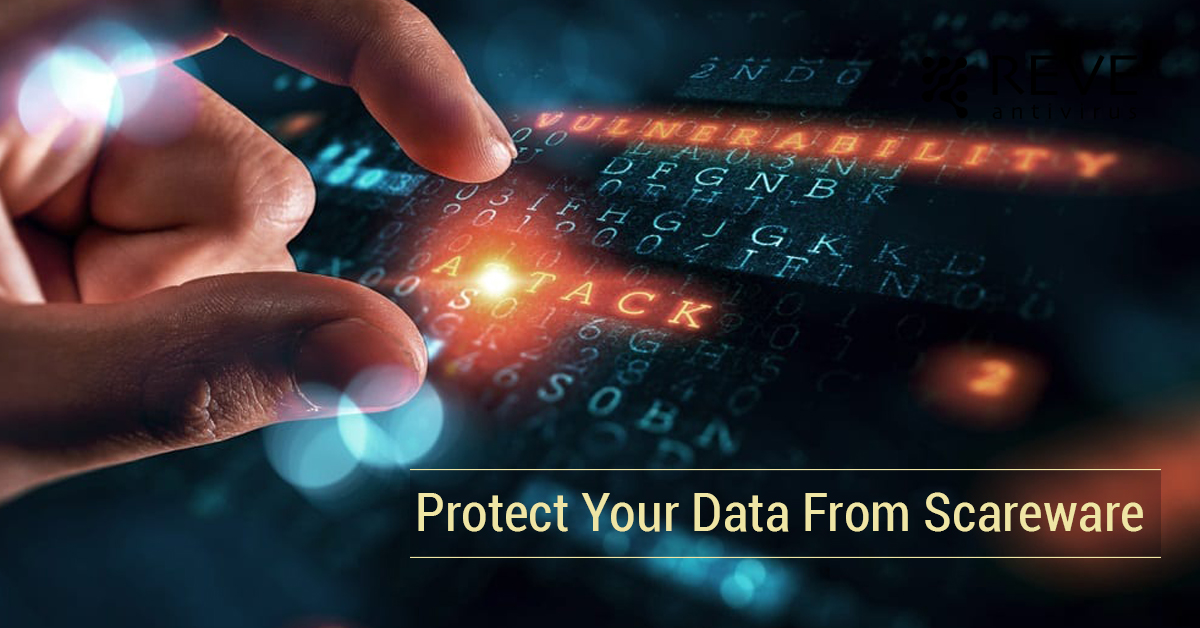 Scareware, as the name suggests, is a form of malware that is known to cause shock, anxiety and threat amongst users and persuades them to purchase bundled software. These software packages look like legitimate security programs but are otherwise malicious software such as a fake antivirus.
Scareware, as the name suggests, is a form of malware that is known to cause shock, anxiety and threat amongst users and persuades them to purchase bundled software. These software packages look like legitimate security programs but are otherwise malicious software such as a fake antivirus.
A Few Examples of Scareware
- Rogue security software, a form of malicious software, misleads users into believing there is a malware in their PC, and manipulates them into paying money for a fake malware removal software (that actually introduces malware to the computer). Since the year 2008, Rogue security software has become a serious security threat in the world of desktop computing.
- Smart Fortress is another example of scareware. It is basically a website that scares a user by bombarding constant warning notifications that there are lots of viruses in their PC. Its ultimate goal is to push the user to buy professional services for threat removal.
- Spyware, a software that gathers information from target systems, also acts as a scareware many times. A simple instance is when a spyware changes the colour of a user’s desktop background, modifies the icons on it and claims that there is some infection in the system which could only be removed by installation of scareware application.
- There are scenarios where scareware is literally used to scare the user. Such attacks comprises usage of shocking graphics, audio and video. One popular example is NightMare, a software that changes the entire screen of the system to that of a skull and simultaneously plays a horrifying audio.
How To Avoid Scareware?
Since cyber criminals are developing new ways and techniques to target users with scareware attacks, the following recommendations would help online computer users in avoiding such instances.
Look for Warning Signs
If there is something unusual happening in your system, for instance, your desktop icons are replaced by some unknown icons, then it is a clear indication that your PC has been infected.
Do Not Rush
Never get frightened up and take immediate action like clicking on a Download button. Just stop and think whether there is something fishy or not. In case you are not sure, just press Ctrl+Alt+Delete and choose ‘End Task’ for the program.
Use Third Party Security Tools
Get an up-to-date and reliable internet security software for your PC as it will reduce the chances of such malicious attacks on your system to almost negligible.
Format Your System
This happens quite rare. In case your system has been badly affected by scareware and nothing seems to work, then format your system and reinstall the OS. However, use it as a last resort.
In a study done by Google in the year 2010, almost 11,000 domains were found to be hosting fake antivirus programs. Such is the impact of scareware and therefore it becomes quite crucial to take preventive measures beforehand so that you don’t have to face these attacks.
- RaaS : The Dark Side of SaaS
- Hackers Target MOVEit Transfer’s Zero-Day Vulnerability, Emergency Patch Deployed
- How Scammers Are Utilizing ChatGPT? Few Tips To Be Safe
- World Backup Day: Why Data Backups are Important in Cybersecurity
- What is Social Engineering and How Cyber Criminals Use It
- Things To Know About Personally Identifiable Information (PII)
- What is Data Breach? Why and How It occurs? How To Prevent Data Breach


